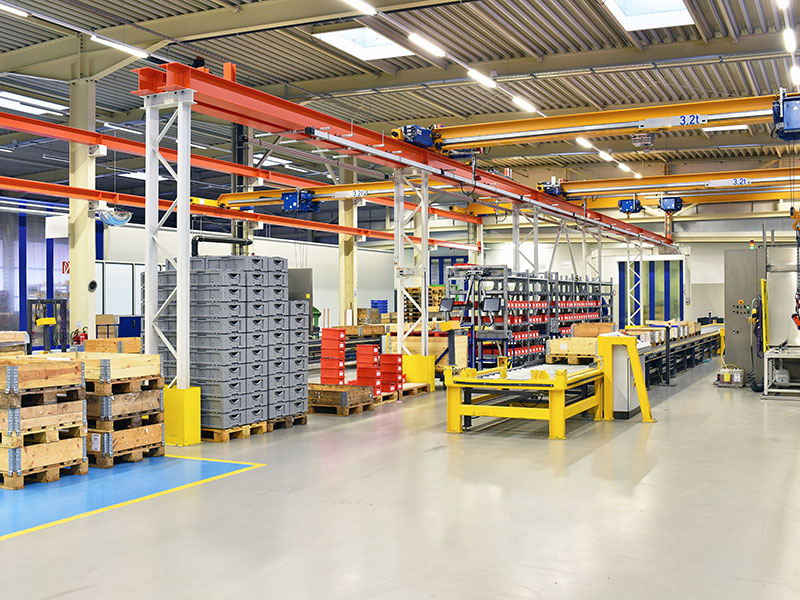Allegro Represented American Greetings in Selling Their Original 1.6 Million sq. ft. Headquarters


Allegro represented American Greetings, who owned a 1.6 million square foot headquarters campus in the greater Cleveland area. The campus consisted of approximately 1 million square feet of office space and 600,000 square feet of warehouse space in three different buildings, located on more than 150 acres of land. Upon identifying a new location for the company’s world headquarters, American Greetings made the decision to liquidate the asset in order to raise cash for the new location and eliminate long-term carry costs on 1.6 million square feet of office and industrial space. However, the property’s location, size, multiple product types, and functional obsolescence made a typical market valuation challenging and severely limited the pool of potential investor and owner/user buyers. In addition, since American Greetings intended to vacate the headquarters over a short period, an investor would be saddled with a minimum of 1.3 million square feet of vacant, functionally obsolete office and industrial space in a challenging location. They engaged Allegro to perform a study to determine a value for the property based on the highest and most appropriate use, which would ultimately inform an asking price for the sale of the asset. Further, Allegro played an integral role in identifying and pursuing the most likely buyers and, ultimately, structuring a complex sale/leaseback transaction.
The unique circumstances described above made it impossible for Allegro to employ a typical real estate valuation. As such, the team developed an alternative strategy that included breaking the campus into pieces based on asset class (office, industrial, and land). Allegro assigned a value to each asset class based on the potential income (or lack thereof) it would generate for an investor while also taking into account the as-is value of the space for a potential user. The results indicated that the office portion of the space had negative value, both to an investor and to an owner/user due to the size (almost 1 million square feet), location, and necessary interior and exterior capital and aesthetic improvements required to make the space functional. The industrial and land portions did have value, but they could not overcome the negative value of the office space when the pieces were combined. Allegro then recognized that the only way to create value in the asset for an investor was through American Greetings' leaseback of a portion of the space. This strategy would allow the client to sell the building for a market price since the buyer could significantly mitigate losses realized from carrying the empty space during a long lease-up period.
Based on both short-term and long-term lease assumptions, Allegro developed an asking price with which to approach likely investors. Utilizing deep local and national relationships, Allegro was able to garner interest from multiple developers and obtain two competing offers for the property. Once the preferred offer was selected, Allegro led a marathon negotiation of terms that included a purchase agreement and two leases: 1) a short-term lease that provided the buyer with immediate income to offset expenses over a minimum period at a while also giving American Greetings flexibility in its relocation timeline; and 2) a long-term lease that guaranteed income for the buyer over a longer term based on a reduced square footage.
Ultimately, Allegro was able to help American Greetings overcome significant hurdles in selling its headquarters campus in a condensed timeline at a market price, while maintaining flexibility in the client’s relocation timeline.



Get the latest real estate advice and insights from Allegro experts sent straight to your inbox.